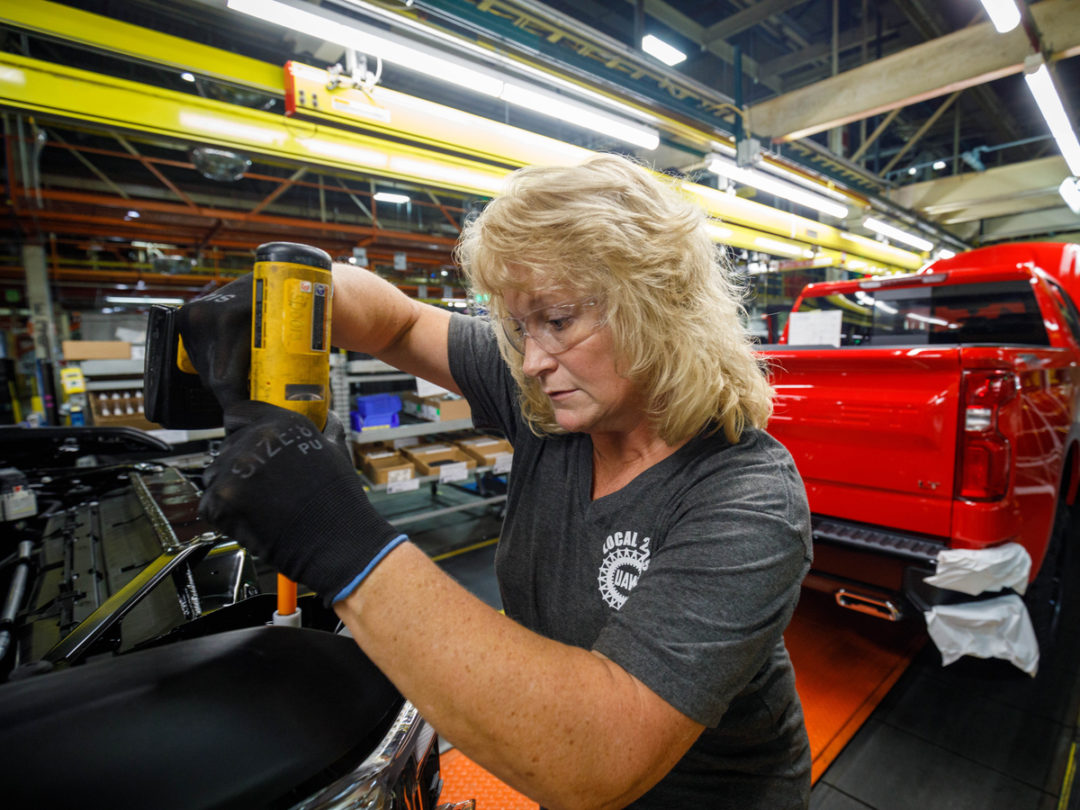
The long-awaited resurgence of American manufacturing has arrived. Too bad there aren’t enough workers to fill the jobs.
More than 500,000 positions in manufacturing are going begging at the moment, according to Steve Menaker, national industrial product industry leader with RSM US LLP, an audit, tax and consulting firm focusing on the middle market. The Manufacturing Institute predicts that the number of unfilled jobs will grow to 2 million by 2025, out of a total of nearly 3.5 million positions.
At a recent board meeting of the National Association of Manufacturers, workforce issues were at the forefront of discussions, Menaker reports. “It’s a significant challenge,” he says, “not having an able and ready workforce.”
The skills gap in manufacturing is occurring across multiple classifications, from entry level to jobs that require extensive training and experience. Low unemployment levels, now dipping below 4 percent nationwide, make it hard to attract and retain workers, especially for positions that are physically demanding or repetitive in nature.
Manufacturers have been accused of helping to create the problem by offering low wages for unappealing work. With the influence of labor unions steadily waning, hourly rates and benefits have either plummeted or remained static, when inflation is taken into account. According to the Pew Research Center, the current real average wage for all types of U.S. jobs has roughly the same purchasing power as 40 years ago. Manufacturing joined financial activities and education and health services as one of the sectors most responsible for a deceleration of U.S. wage growth earlier this year.
Menaker believes that a general lack of skills among the present-day workforce is more of an issue than lower wages. “There’s clearly a competition between the manufacturing space and other positions in the market,” he concedes. Nevertheless, “there are plenty of open positions that will pay a nice middle-class wage. But people have been disincentivized from entering that space.”
Granted, employers could engage in classic supply-and-demand behavior by jacking up wages to the point where manufacturing jobs become irresistible. Instead, they’re turning to automation, which offers the double benefit of mitigating the skills gap while lowering the cost of production.
Menaker expects to see robust investment in automation over the next five years, as manufacturers take advantage of new tax laws that allow them to write off 100 percent of their investments in new machinery within the first year of acquisition.
In fact, many believe automation to be the real culprit in the loss of American manufacturing jobs over the past few decades — even more than the shift of production to low-cost locations such as China.
Menaker does see a trend toward the reshoring of manufacturing capacity from China back to the U.S. At least some of the 25,000 jobs that were created over the past year were the result of companies locating production closer to consumer markets, in response to rising wages for Chinese workers.
Production lead times have shrunk, as manufacturers strive to correlate supply with actual demand. By reducing the distance between plants and buyers, they’re able to react more quickly to changes in the market and consumer buying patterns.
“No longer can companies afford to make something for today, and sell it four months later,” Menaker says.
All of which means that human workers, albeit with a different set of skills, will have to remain in the mix. Producers will need more engineers to design and maintain the software that’s required to run the machines. Menaker says the plant environment of the future will involve far fewer of the “old sweatshop jobs,” requiring physical exertion, in favor of technical and engineering positions.
To find the necessary talent in a tight labor market, companies are partnering with a wide range of educational programs. Menaker cites Continental Tire’s plant in Sumter, S.C. as an example of a producer reaching out to the local college system to provide training for prospective employees.
Some recruitment programs are reaching all the way down to the high school level to highlight the types of jobs that are available in manufacturing — ones that require more skills and education that the old production line positions.
Veterans are another promising source of talent. The Manufacturing Institute is partnering with the U.S. Army to create an accelerated training program for service members leaving the military. In addition, apprenticeships are being launched across the country, following a model that has long been practiced in Europe.
Further fueling the labor shortfall is the current controversy over U.S. immigration policy. The Trump Administration’s severe tightening of eligibility rules for foreign workers has impacted multiple industries in their search for both skilled and unskilled workers, Menaker says. Manufacturers are in particular need of trained engineers, for which other countries have traditionally served as an important source.
All of these factors are combining to threaten the growth and continued health of American manufacturing in the years ahead. “In my opinion,” says Menaker, “we’re going to remain in a very challenged situation, given that our economy is doing very well. In a strong employment environment, people have options. It just creates pressure.”







